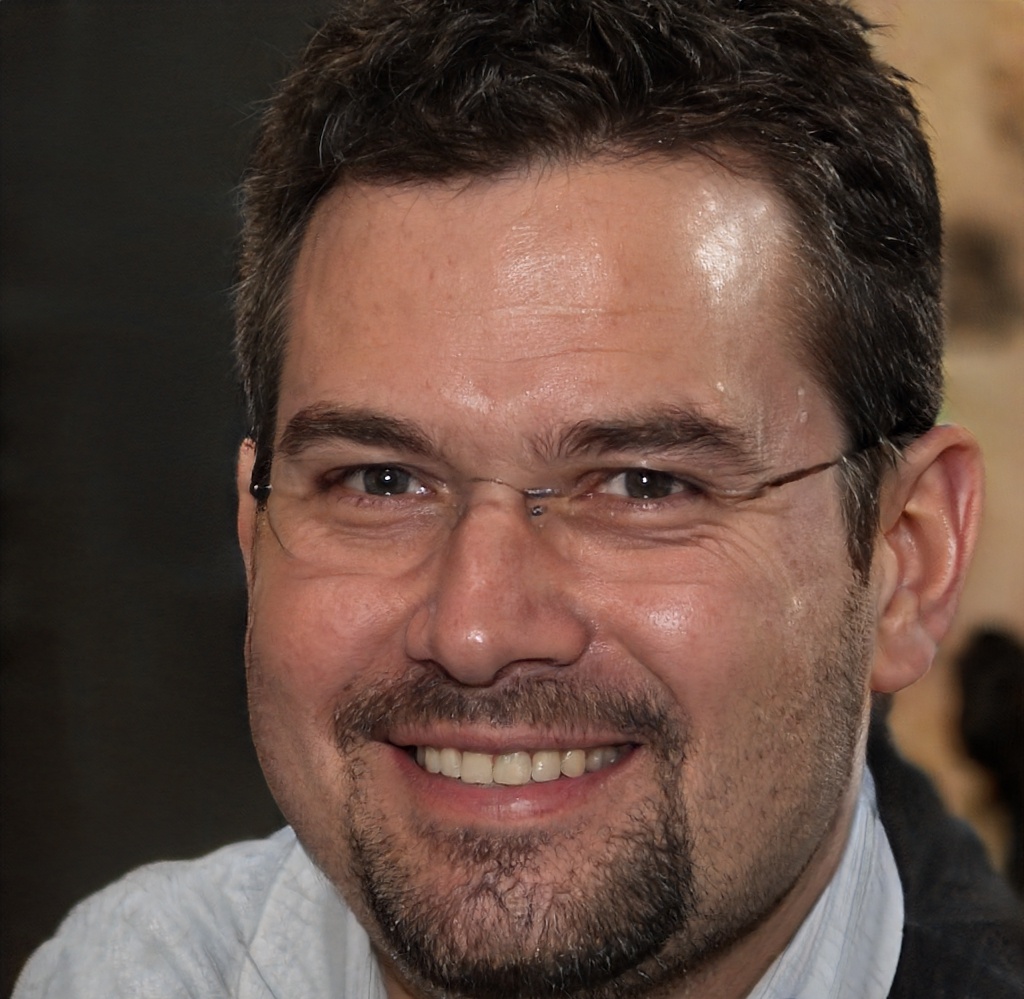SpaceX Casually Parks 400-Foot Thermos on Pad, Goes to Eleven

SpaceX gently relocated its Super Heavy booster to the launch pad today, a maneuver so delicate the Gulf of Mexico shushed the waves for better concentration. The structure moved like a cathedral on roller skates, pausing only to check its reflection in every stainless-steel surface in a five-mile radius.
This ballet of infrastructure precedes Starship Flight 11, a number that famously implies the volume knob has no upper limit. Engineers, unafraid of meaningful integers, nodded with the serene faith of bassists who accept that louder is a lifestyle.
Locals gathered to witness the timeless ritual of Moving The Very Big Thing Past The Snack Stand. As a responsible science writer, I must note that putting something on a pad is not flight, though it is emotionally adjacent to liftoff and legally indistinguishable from foreplay in the rocket community.
Atop the pad, the twin catching arms nicknamed Mechazilla posed like two anxious waiters preparing to intercept the universe’s largest potsticker. This is not a safety device, we are told, but a statement necklace for a launch tower that refuses to be subtle.
In the methods section of today’s spectacle, we measured distance in gasps per second and sound in decibels of unsupervised optimism. P-values wandered off, texted me a thumbs-up, and asked if they could phone a friend before the static fire. We will call it a breakthrough only if it breaks through the atmosphere.
Spectators donned industrial launch-viewing ear protection and slathered on sunblock rated SPF Several Suns. Children asked if the tower was a giant straw for space, and adults said yes because reality had stopped offering simpler explanations.

Photographers mounted their phones on a stabilized smartphone telescope adapter and swore lifelong fealty to autofocus. The resulting images were so sharp they shaved two seconds off the countdown.
Wildlife assessments reported minimal concern from pelicans, who regarded the booster the way academics regard emails after 5 p.m. Meanwhile, the tide rehearsed an evacuation plan that mostly involved going somewhere else with fewer rockets.
Company representatives emphasized the mission’s iterative goals, which is aerospace for we learned twelve new ways to be surprised by plumbing. The data, as always, cannot say how many heatshield tiles will misbehave, only that misbehavior has a very persuasive social network.
From the Ministry of Extremely Sensible Launch Procedures came a reminder that fire is hot, metal expands, and irony enjoys aviation. The ministry then stamped a form labeled Please Do Not Explode While We Are Looking and filed it under aspirational.
Caveats piled up like gift bows: winds may wind, valves may valvulate, and unexpected nominal behavior may occur. Unknown unknowns did not RSVP, which we interpret as a confident maybe.
If all goes to plan, Flight 11 will go up, return some of itself to Earth, and send the rest an enthusiastic postcard from space. If things go sideways, we will statistically analyze the skid marks, phone a friend about the p-values, and still call it progress, because in rocketry, going to eleven is less a number than a lifestyle audit.
